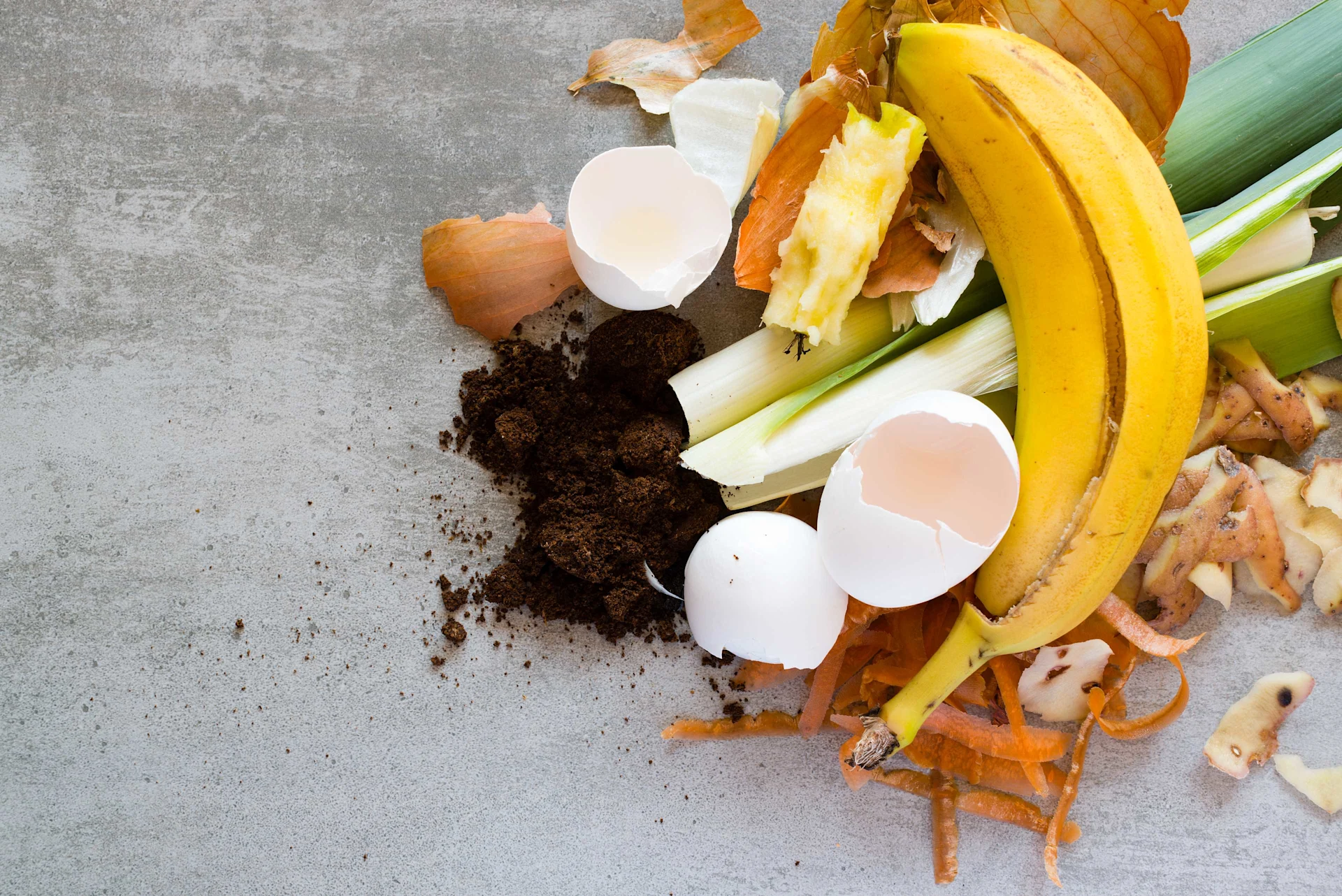
Food waste
What do you know about food waste?
Take part in the food waste quiz and find out how much you already know.
navigation

Sustainability
Watering plants with rainwater makes sense for many reasons. We explain why it's a good idea to collect rainwater in your garden and what to look out for if you want to install a water butt.
Last summer saw a number of municipalities restrict, or even impose a ban on, watering lawns or also filling swimming pools. Rainwater is also a much better option than water from the tap, because limescale in tap water can leave stains on plant leaves.
From a financial perspective, and taking into account the cost associated with the equipment you need to install, which varies depending on the size of the containers required, having a water recovery system to water an average-sized garden (around 200 square metres) saves around 100 Swiss francs a year.
When it comes to above-ground rainwater tanks, you can opt for simple rainwater basins or more decorative containers. Some of these models can be mounted on the wall. If you are looking to collect rainwater on a balcony, a bucket or any other object of your choosing will do.
You don't need a specialist for the installation process, i.e. connecting the basin with the down pipe that transports the water from the gutter to the ground and then installing a tap to fill your watering can. There are a few details that can improve how the installation works, like a filter in the component that connects the down pipe with the container to keep out any dead leaves or other unwanted objects.
As the containers are made of synthetic materials, we recommend that you keep them in the shade to the greatest extent possible. Even if the water you collect is not intended for use as drinking water, heat can encourage the growth of algae and germs.
In the winter, cold temperatures and frost can make the plastic porous, causing it to crack. The best strategy is to empty the tank and stop the inflow of water when temperatures dip below freezing.
Water butts should always be covered with a lid or a net to prevent them becoming a trap for insects or small mammals. If you can't cover your container, fit an escape aid to protect animals.
When it comes to watering your lawn, for example, you should wait until the blades of grass are looking a bit yellow or "tired". Try to water your lawn at night, and don't be stingy with the volume of water you use to ensure that it penetrates deep down into the roots, 10-15 cm below the surface. If you water your lawn too often and only water the surface, this won't help the roots.
Discover exciting stories about all aspects of Migros, our commitment and the people behind it. We also provide practical advice for everyday life.